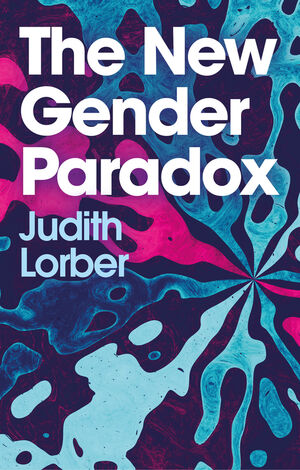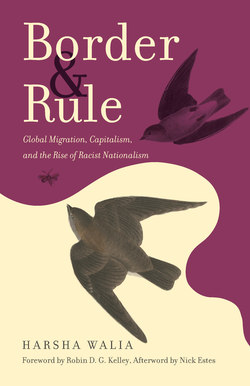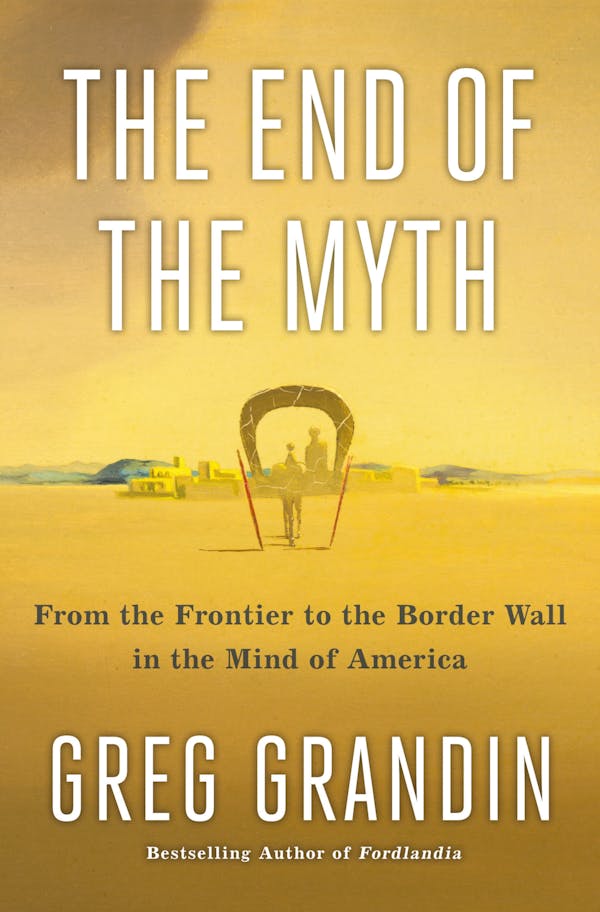Welcome to the Reading Roundup, a forum for ATX DSA members to share what they’ve been reading and how it’s informing their political education.
The New Gender Paradox
by Judith Lorber

A lot has changed in the last 30 years. In many ways queering gender has become a more common practice with non-gendered bathrooms, non-gendered pronouns, non-binary and intersex identities, and intersectional research. However, the gender binary persists strongly with gender still being a legal institution, a gendered division of labor, and gendered violence. How do these two conflicting forces interplay? Lorber provides a general overview of ways the gender binary has been fragmented and upheld in the last 30 years since their writing of The Gender Paradox.
This book can be a touch disjointed at times. Each chapter is broken into subsections which most of the time do not directly interrelate. Instead, they act as overviews into their particular subject matter such as birthing men or standpoint theory. The sections are small enough such that the quick switch in context is very manageable. They also allow for short and easy rereading which can be helpful considering how quickly the book moves.
Overall, Lorber provides an informative and concise overview of the current state of research as well as a thoughtful analysis on how to move forward. If you are interested in gender research and want a good entry point, or you just want a quick refresher with some analysis, this could be a good book for you.
–Garrigan S.
Border and Rule: Global Migration, Capitalism, and the Rise of Racist Nationalism
by Harsha Walia

Gazing south toward the Rio Grande, it hardly requires a political viewpoint to see the border as violence. A tangle of razor wire on the shore, circular saw blades strapped to buoys, state troopers standing ready to further sharpen the aggression. It’s a shockingly primal manifestation of the highly sophisticated systems of exclusion, criminalization, containment, and displacement that Harsha Walia analyzes in Border and Rule.
Indeed, the militarization of an apparently static line between the US and Mexico conceals one of Walia’s key insights: the regimes of border imperialism do not hold steady boundaries. Forces of removal and immobilization are dynamic, constantly reshaping themselves to serve ruling class needs and desires, controlling human movement both between states and within them. While Walia does note the Anglo-slaver conquest of Texas as exemplary of this layered, racialized usurpation of freedom to stay and freedom to leave, her lens is worldwide, tracing multilateral influences between maquiladoras in Juarez and Export Processing Zones in Chittagong, the kafala system in Dubai and seasonal agricultural work in British Columbia, white supremacy and Hindutva, forced labor in US prisons and on Manus Island.
Border and Rule is heavy with the realities of mass displacement, incarceration, precarity, and poverty, but its gravity ultimately pulls away from despair. Walia’s fury and clarity burn through the bordering logics of global capital, right-wing ethnonationalism, and liberal complicity to illuminate what is essential: borders are weapons wielded to control the international working class, a sight that cannot be seen on a socialist horizon.
–Mike C.
He, She and It
by Marge Piercy

As someone who started reading science fiction in the late 1970s and spent much of my college days in the 80s and early 90s around militant feminists, it is unfortunate that it took this long to read He, She and It. Marge Piercy is a towering literary figure of the second wave feminist movement in the U.S. She is also a major figure in the development of cyberpunk and dystopian writing, influencing many of her more famous colleagues including William Gibson.
The novel tells the story of Yod, a cybernetic being who develops a sense of self, but largely through the eyes of two women in the field, Shira and Malkah. Shira begins the story working at Y-S, one of the major corporate conglomerates which together largely rule an earth devastated by environmental catastrophies. Malkah, the grandmother who raised her, lives in a largely Jewish and egalitarian community.
He, She and It explores themes of artificial intelligence in terms that feel modern in spite of being written over 30 years ago. It draws a wonderful parallel in telling the story of the Jews in Prague in the 1600s and the creation of a golem, a powerful creature of clay brought to life through the mystical practice of kabbalah.
Piercy smoothly blends the ancient and the future while also drawing a backdrop of class conflict interwoven with race and gender, but unlike many political writers of fiction, she does so in a way that never jars the reader out of the story. The politics always feel a natural part of the lives she follows.
–Joshua F.
The End of the Myth: From the Frontier to the Border Wall in the Mind of America
by Greg Grandin

In 1893 Fredrick Jackson Turner argued that the American frontier served as a safety valve, releasing the social pressures that built and became pent up in the eastern United States. In his 2019 book, The End of the Myth: From the Frontier to the Border Wall in the Mind of America, Greg Grandin follows Turner’s frontier thesis through U.S. history. He documents the genocidal westward expansion and the mythical national identity based on rugged individualism, militarism, and white supremacy that were unleashed by the opening of the frontier. Grandin then turns to a question for our current era: what happens when we run out of frontier?
The existence of the western frontier allowed the United States to develop differently than other continents. In other nations, workers organizing and engaging in militant class conflict led to socialist parties and social democracies with expanded universal rights, robust welfare states, and large public stakes in industries like housing, healthcare, transit, and energy. In the U.S. on the other hand, while slaves, indigenous people, and wage laborers struggled against exploitation by the ruling class, the frontier hindered the class struggle’s ability to reckon with racial and gendered exploitation by providing an outlet for the disaffected working class along with capitalist speculators. As Grandin put it, “Instead of waging class war upward—on aristocrats and owners—they waged race war outward, on the frontier.”
Grandin follows the myth forward in time. U.S. imperial expansion into Mexico, the Caribbean and the Pacific, and the globalization of western capital during the Cold War extended the frontier beyond the confines of the continent. Trump’s call to build a wall on the already militarized border provided a cruelly prescient symbol for the closing of the frontier. With capital grasping and clawing to find new markets, endless wars in the Middle East continuing to reproduce white nationalist militarism, and the ongoing project of capitalists and the state to undermine working class solidarity, unresolved social pressures blow back in the form of increased racist violence within, and especially at our borders.
Grandin tells the story of U.S. expansion into the frontier and its role in the rise of America’s right wing pathology with novel insight that earned him a Pulitzer Prize in 2020. Because the underlying pressure can only be resolved by an organized working class, Grandin concludes that we face “the choice between barbarism and socialism, or at least social democracy.” It’s fair for those of us who believe that social democracy ignores the contradictions at the heart of capitalist production to decry the dampening of his closing statement, but his call for socialism rings true.
–Greg B.
Interested in making a contribution to next month’s Reading Roundup? Send a 250-word blurb to redfault@austindsa.org!

